
Here’s What Getting Stung By Nettles Does to Your Body
Though it has certainly earned its nickname, stinging nettle is a fascinating herb that may be cursed by unsuspecting hikers but cherished by those seeking herbal alternatives to painkillers and medication. Even that pesky sting may not be as villainous as you think. Here’s what getting stung by nettles does to your body, the benefits of stinging nettle, and how to make your own DIY healing nettle salve to relieve skin irritations, joint pain, and allergies.
What are Stinging Nettles?
Occasionally called common nettle, stinging nettle (Urtica dioica) is a flowering perennial plant that has been introduced all over the world but is particularly prevalent in Europe, North America, North Africa, and parts of Asia. Nettle has a long history of medicinal, herbalism, and textile use and can even be consumed as food when prepared correctly. The nettle plant gets its famous nickname, Stinging Nettle, due to tiny, fibrous hairs on the plant that can cause irritation and an unpleasant stinging sensation.
Why Plants like Nettles Sting
In nature, plants are commonly consumed by insects, caterpillars, and other herbivores. Some plants have developed defense mechanisms to ensure their survival to flowering for reproduction. Both the stems and leaves of the Stinging Nettle are covered in fibrous hairs that can easily break off when touched. These tiny needle-like hairs can easily pierce the skin and release compounds like acetylcholine, serotonin, and, most notably, histamine.
What Getting Stung by Nettles Does to Your Body
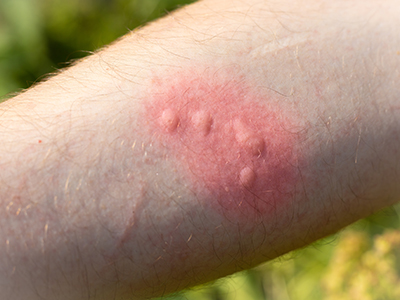 The most common side effect of getting stung by nettles is a rash forming on the skin around the areas stung. Symptoms of stinging nettle rash include raised bumps up to 1cm (0.4in) in diameter. The skin surrounding the hives may also become red, itchy, and irritated.
The most common side effect of getting stung by nettles is a rash forming on the skin around the areas stung. Symptoms of stinging nettle rash include raised bumps up to 1cm (0.4in) in diameter. The skin surrounding the hives may also become red, itchy, and irritated.
A typical nettle rash will have a slight stinging sensation, hence this plant’s famous nickname. It may also be very itchy, particularly as it heals over the next 24 hours. For immediate relief, it’s best not to touch the affected area for 10 minutes after being stung and allow the plant part material to dry on the skin, making it easier to remove. Immediately touching or rubbing the area stung can force the fibers deeper into the skin, prolonging the irritation.
After that crucial 10-minute drying period, gently wash the area with soap and water. Then, you can use tape or a strip of wax hair removal product to remove any remaining fibers in the skin.
Allergic Reaction
While less common than a typical rash, it is possible to have a severe allergic reaction to nettle stings. Symptoms would include difficulty breathing, wheezing, a feeling of tightness in your throat, swelling of the lips, mouth, or tongue, rashes developing in areas that have not come into direct contact with the nettle, cramping, or severe digestive upset. This type of reaction would be very serious and require immediate medical attention.
Can Getting Stung by Nettles Have Benefits?
While it may be hard to believe that anyone would purposely sting their body with nettles, many people find intentional nettle stings beneficial. Historically, hitting yourself with stinging nettle bundles was a pretty common way to relieve arthritis pain historically.
This was practiced for centuries by our ancestors. They would take a small bundle of stinging nettles and slap the affected areas lightly. It would sting at first, but the arthritis pain would go away.
If you’re like me and you hate being stung by nettles, don’t worry. I’ve got your back! I found some time ago a soothing blend that relieved me from knee pain in minutes! It’s anti-inflammatory and famous for alleviating arthritis pain. I’ll leave a link for you HERE to check out the Joint & Movement Salve.

Much like those who use bee stings or capsaicin intentionally, nettle stings may work as an herbal counterirritant to reduce chronic pain and inflammation in certain areas of the body. Counterirritants can reduce greater physical pain by introducing minor pain. The use of nettle stings in folklore medicine has been documented in various areas around the world.
However, today, only anecdotal evidence exists, with minimal testing or scientific research done to truly explore its efficacy.
With that said, two recent clinical trials used nettle stings applied to the thumb and to the knee for the treatment of musculoskeletal pain, including osteoarthritis, and found significantly reduced pain in most patients tested. Nettle stings are rubefacients, which means that they can cause redness to the skin due to increased blood flow. This can also be beneficial for joint stiffness or poor circulation, creating a similar effect to cupping in Chinese medicine.
Other Benefits of Nettle
If you are not up for stinging yourself, there are many ways to still work with nettle and enjoy its plentiful benefits. Once the nettle plant has been cooked or dried, there is no danger of receiving nettle stings. All parts of the Nettle plant, including the leaves, stems, and roots, have a long history of medicinal and nutritional benefits.
Allergies and Rashes
While nettle stings carry histamine that can cause a rash or allergic reaction, when dried or cooked, they can have the opposite effect. Nettle works well to reduce allergy symptoms, hay fever, and rashes. You can even use dried nettle leaves to help relieve discomfort after getting stung by the nettle plant! Nettle can reduce or inhibit H1 receptors, reducing histamine production in the body. It also contains synephrine, adenine, ostiole, and nicotinamide, which are both anti-inflammatory and help reduce allergic reactions.
Skin Conditions
Nettle can be applied topically as a cream, salve, or infused oil to help alleviate skin conditions and irritations. Due to its anti-inflammatory and antihistamine capabilities, it is excellent at soothing eczema, psoriasis, or other rashes or skin irritations.
Osteoarthritis
Many people apply stinging nettle topically to inflamed joints to help reduce inflammation, pain, and discomfort. They also do this to reduce the amount of NSAIDs required to manage conditions such as osteoarthritis and gout.
DIY Healing Nettle Salve
Nettle is an excellent ingredient for a healing salve, and it can be used topically to help alleviate skin irritations, reduce joint pain, and reduce allergy symptoms.
Ingredients

1-2 tsp dried Nettle (do not use fresh nettle leaf – stinging hairs become harmless when the plants are cooked or dried.
- 0.75 oz Beeswax (if vegan salve is desired, swap with carnauba wax)
- 4 oz Carrier Oil (pictured is coconut oil)
- Cheesecloth or a strainer
- 2 glass jars
- A small container or salve tin
Instructions
Step 1: Make Your Nettle-Infused Oil First, combine oil and nettle in a jar and stir to ensure they are fully covered.
Slow-Infusion or Cold Infusion (Preferred Method): Leave your sealed jar in a cool, dark, dry place for 4-6 weeks to infuse.
Heat Method: If you need to prepare your healing salve quickly, try the heat method.
Fill a pot with enough water to submerge approximately half of your jar. 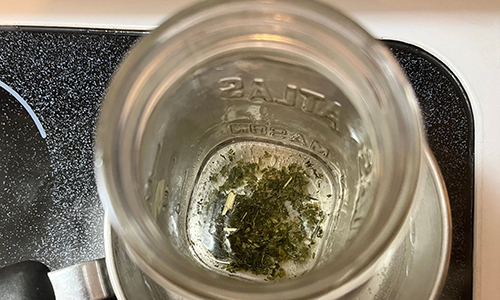
Place your jar into the pot. Do not seal your jar with a lid. Simmer on low heat for approximately 2-4 hours. While simmering, check your pot regularly and add warm water if it evaporates. Do not let the water fully evaporate.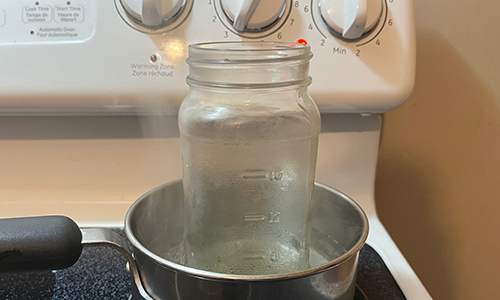
Remove your pot from heat and allow the jar to sit in the warm bath until the water and infused oil fully cool. This may take several more hours.
Step 2: Make Your Salve Now that you have your nettle-infused oil, you can start crafting your healing nettle salve.
Using your cheesecloth or a strainer, strain your infusion into the second glass jar. Place the jar with your nettle infusion into a pot with simmering water on low heat.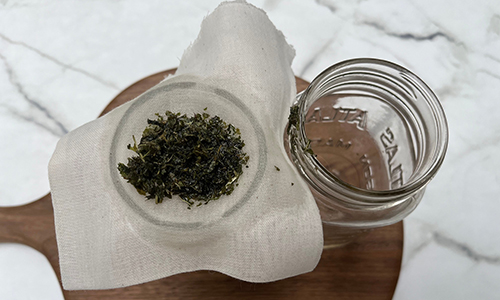
Add your beeswax. The beeswax will melt slowly over 15 minutes to an hour. Once fully melted, carefully pour the mixture into a jar or your salve container and allow it to solidify.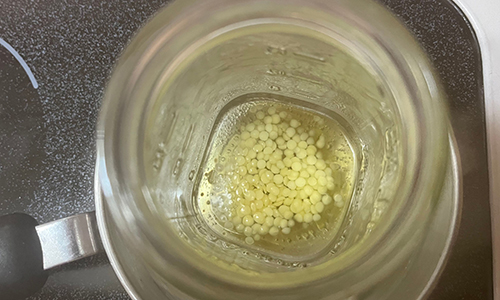
Leave uncovered until it has fully hardened.
Salve Consistency Depending on your preference, you can experiment with different consistencies for your salve. Use a little less beeswax for a softer salve, and add a little bit more if you prefer a firm salve.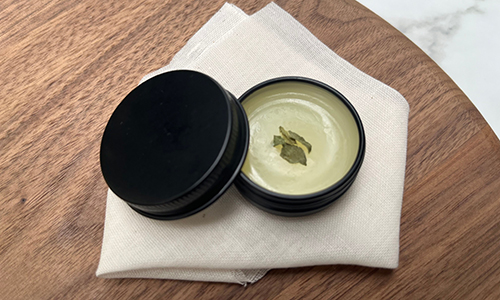
Applying your Salve To be safe, it is always a good idea to perform a spot skin test before use if this is your first time working with nettle or any of the other ingredients listed. Apply your salve topically to the skin as needed. If you want extra relief, keep your salve in the fridge for a nice cooling effect.
Storing your Salve You can store your salve in a cool location for as long as the carrier oil doesn’t expire (check the label for that).






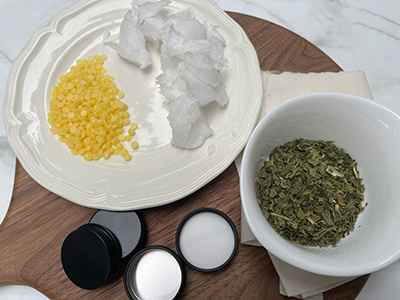
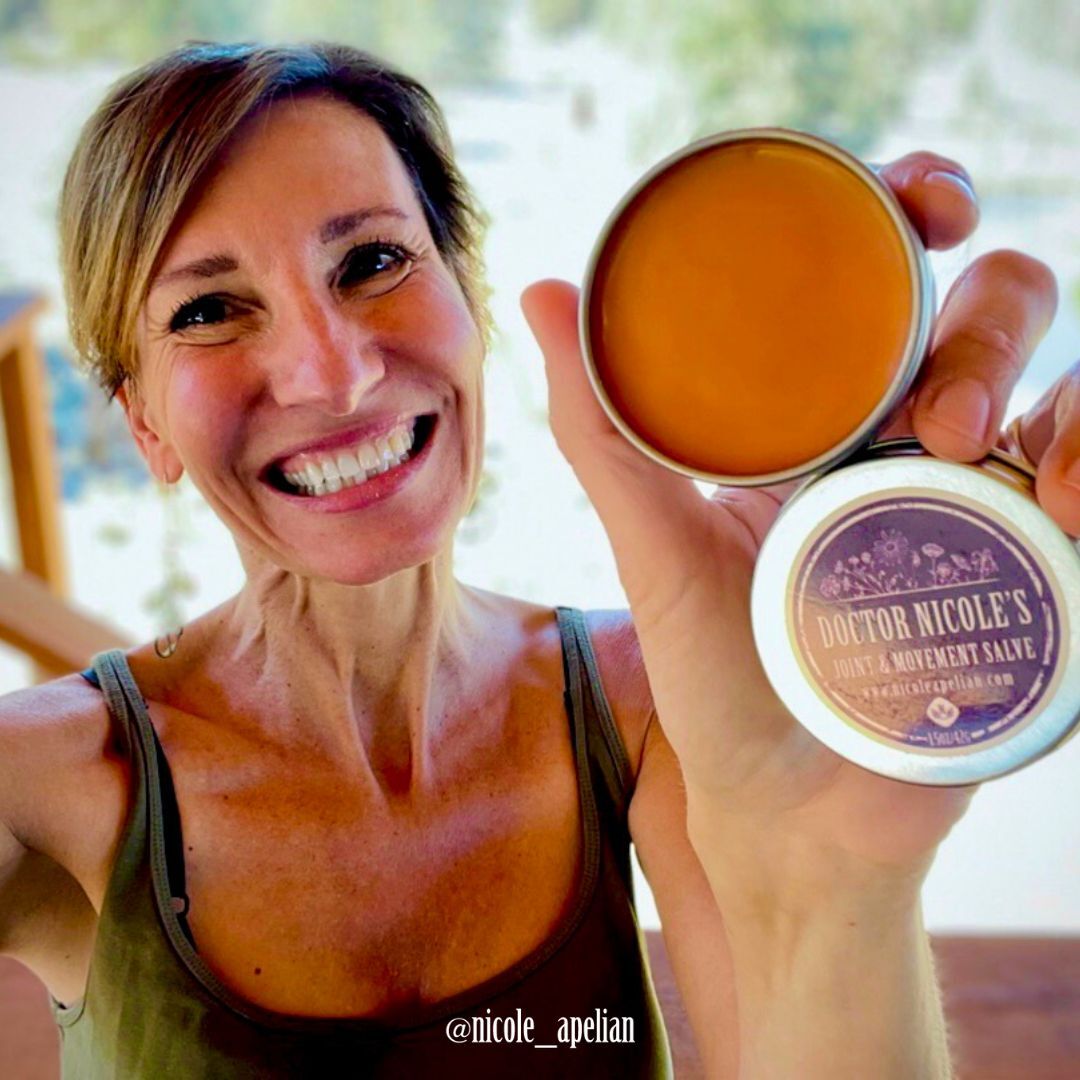
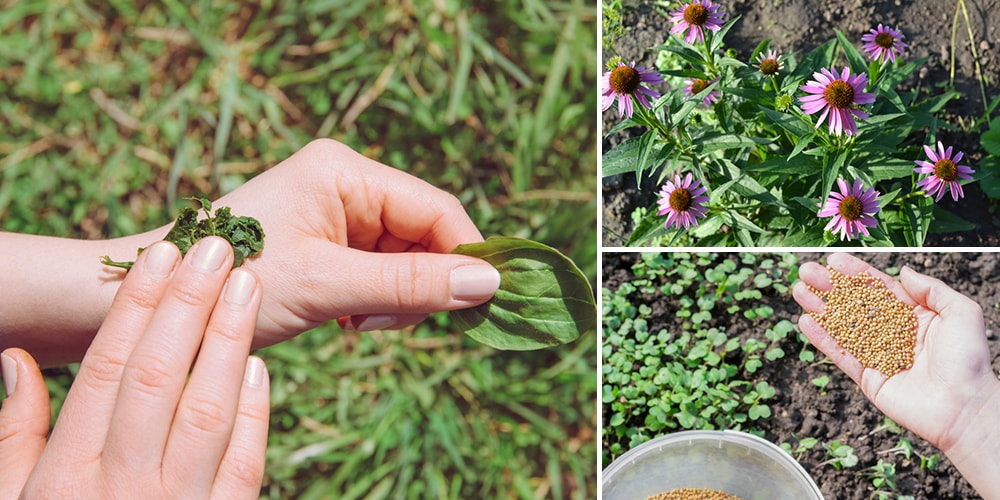
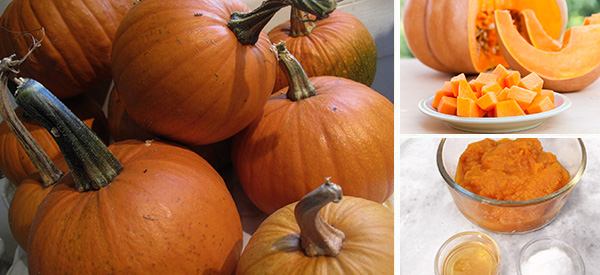
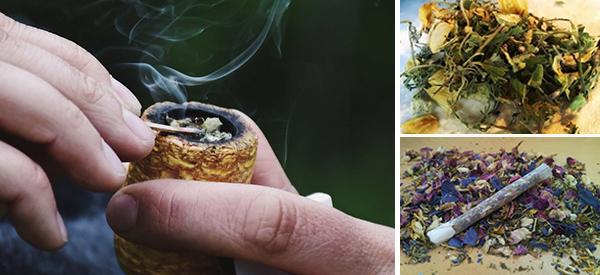
Hi!
While very informative and helpful, in this article I would also like to have seen examples of what this plant looks like! Thanks!
I know a lady who strips off naked and rolls around in the nettles for arthritis. I am just taking her word for it, I have not witnessed it happen.
That would be worth watching, Christopher!🤣
When I lived back in Germany our Mum made us collect the top part of the stinging nettle. She would make tea, or used it topical on our skin. Now I live in the tropical Part of Australia. No nettles around but so many other herbs.
I have a question. Can I use Bull Nettle?
Great article , Nicole, thankyou.
Enjoyed alone.🌞🌾🌳